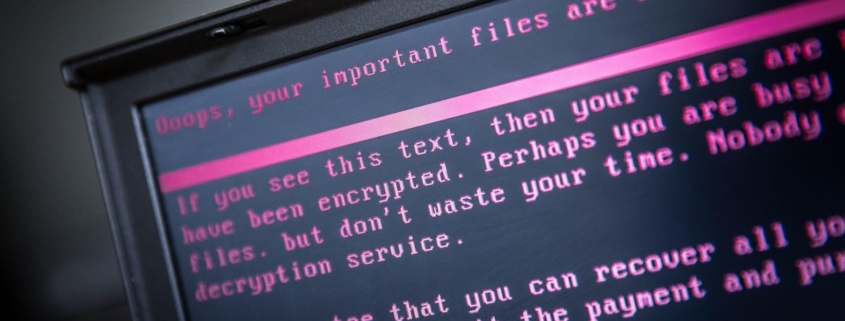Europol Captures 12 Behind Ransomware Attacks on 1,800 Victims
The fight against ransomware attacks continues, this time on the other side of the Atlantic. Following a two-year investigation, Europol announced this week that it had captured 12 individuals in various criminal organizations who were “wreaking havoc across the world” by launching ransomware attacks on critical infrastructure.
According to Europol, the suspects are believed to have carried out attacks affecting more than 1,800 victims in 71 countries. The group is known for targeting large businesses and is suspected to have been behind an attack on Norsk Hydro—a global aluminum manufacturer based in Norway—in 2019, which forced it to stop production across its factories in two continents. The attack paralyzed Norsk Hydro for almost a week and cost the company more than $50 million.
Europol seized more than $52,000 in cash from the suspects as well as five luxury vehicles. The agency is currently performing a forensic analysis on the group’s electronic devices to “secure evidence and identify new investigative leads.”
The international sting was coordinated by Europol and Eurojust, the European Union’s agency for criminal justice cooperation, and included authorities from eight different countries, including the U.S. and the UK. It took place in Ukraine and Switzerland on Oct.26, Europol said in a news announcement.
It’s not clear whether the suspects in question have been arrested or charged, with Europol only saying they were “targeted.”
G/O Media may get a commission
“Most of these suspects are considered high-value targets because they are being investigated in multiple high-profile cases in different jurisdictions,” the agency said.
Each of the cybercriminals had different roles in the criminal organizations. Some were in charge of penetrating the victims’ IT networks and did so using various means, including brute force attacks, SQL injections, stolen credentials, and phishing emails with malicious attachments.
Others got to work once their pals had accessed victims’ IT networks. After the fact, they would deploy malware, such as Trickbot, and other tools to help them stay under the radar and gain further…


